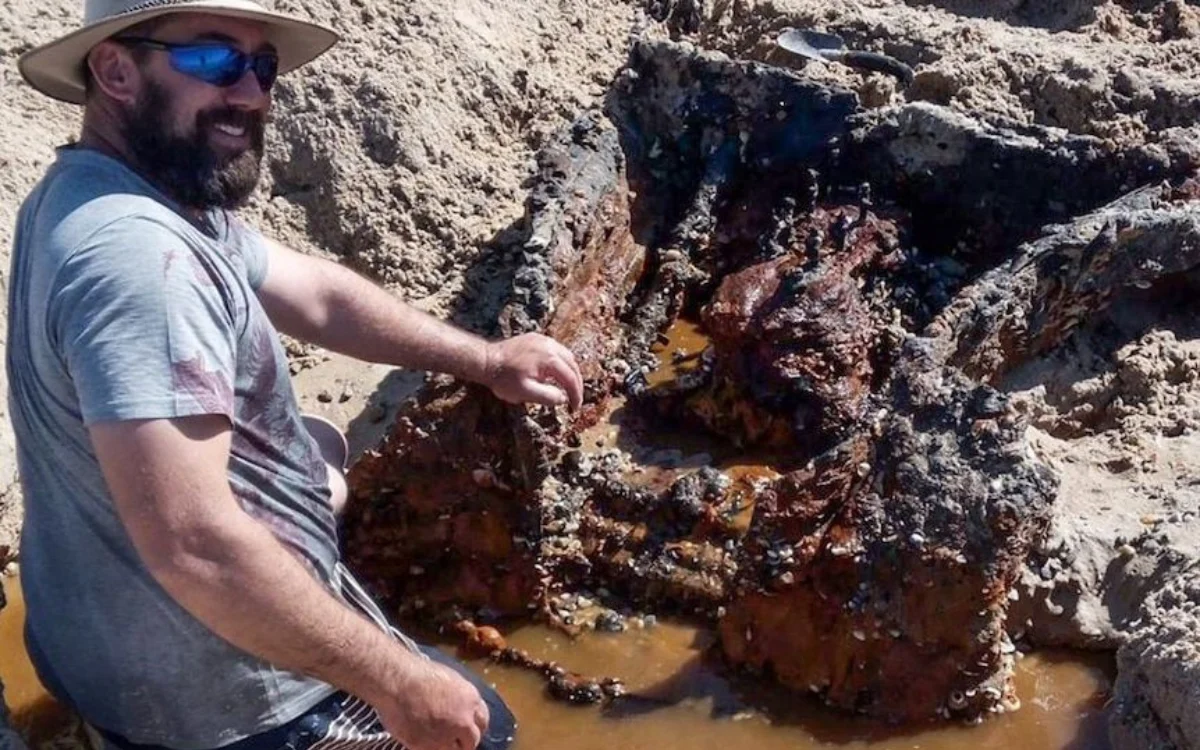Massive breakthrough by scientists has brought them 43 seconds closer to infinite energy source
It’s not infinite energy. Not yet. But it’s the closest we’ve come – and it lasted 43 unforgettable seconds. Inside a German lab, scientists pulled off something no one else ever has. They held superheated plasma steady at reactor-grade performance longer than anyone in history. VISIT SBX CARS – View live supercar auctions powered by Supercar […] The post Massive breakthrough by scientists has brought them 43 seconds closer to infinite energy source appeared first on Supercar Blondie.
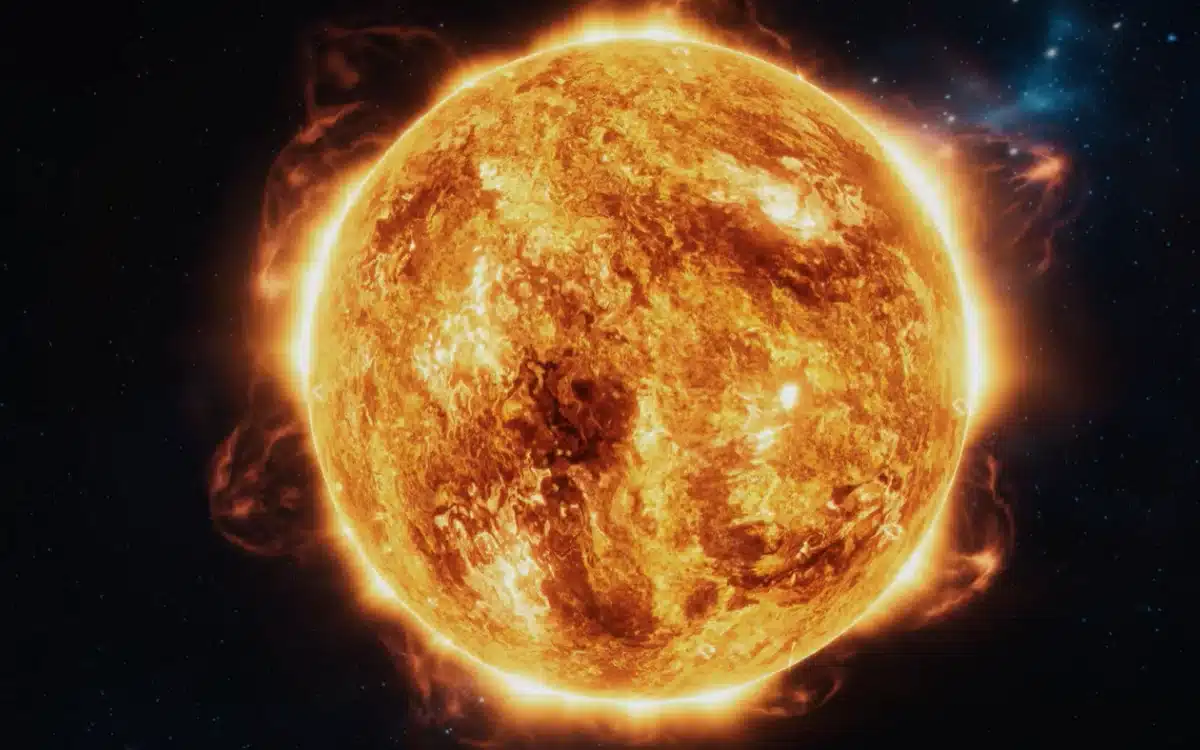
It’s not infinite energy. Not yet.
But it’s the closest we’ve come – and it lasted 43 unforgettable seconds.
Inside a German lab, scientists pulled off something no one else ever has.
They held superheated plasma steady at reactor-grade performance longer than anyone in history.
VISIT SBX CARS – View live supercar auctions powered by Supercar Blondie
What actually happened inside the Wendelstein 7-X reactor
The test took place at the Max Planck Institute for Plasma Physics in Greifswald, Germany, using a device called the Wendelstein 7-X.
Fusion reactors like this work by heating hydrogen atoms until they fuse, releasing energy – the same process that powers the Sun.
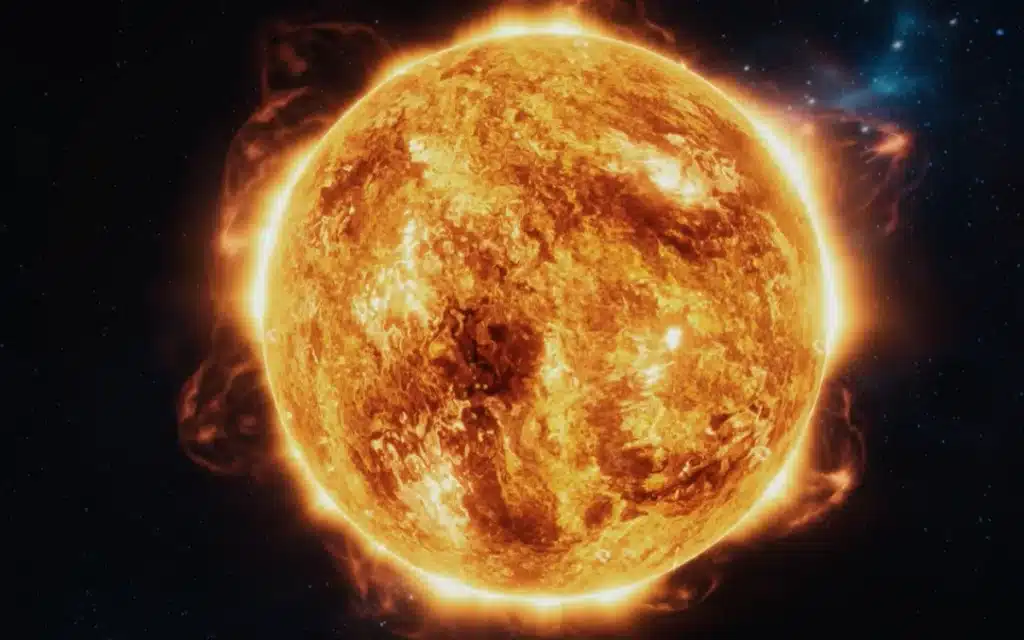
But pulling that off on Earth means hitting insanely high temperatures, keeping the reaction stable, and doing it long enough for it to matter.
In February 2024, the team finally cracked part of that puzzle.
For 43 seconds straight, they sustained a high-performance plasma that hit what’s known as the triple product – a key scientific benchmark that combines heat, density, and containment time.
It’s one of the prerequisites for a viable fusion power plant, and it’s never been reached for this long in any other device.
Instead of the more commonly used tokamak design, the Wendelstein 7-X is a stellarator (and the world’s largest at that) – a rarer, more complex shape that’s harder to build but easier to run over time.
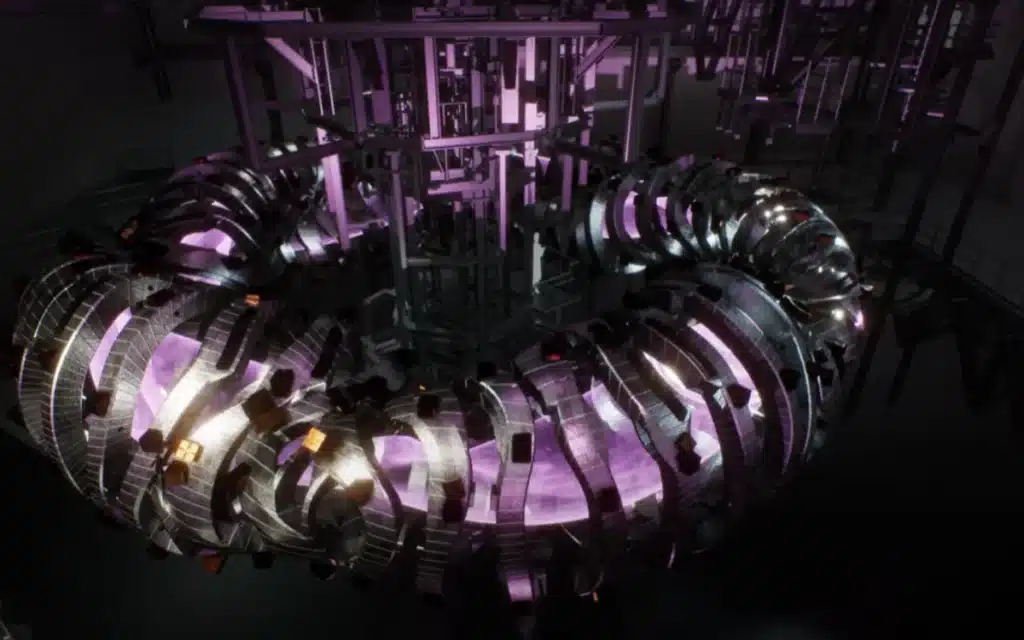
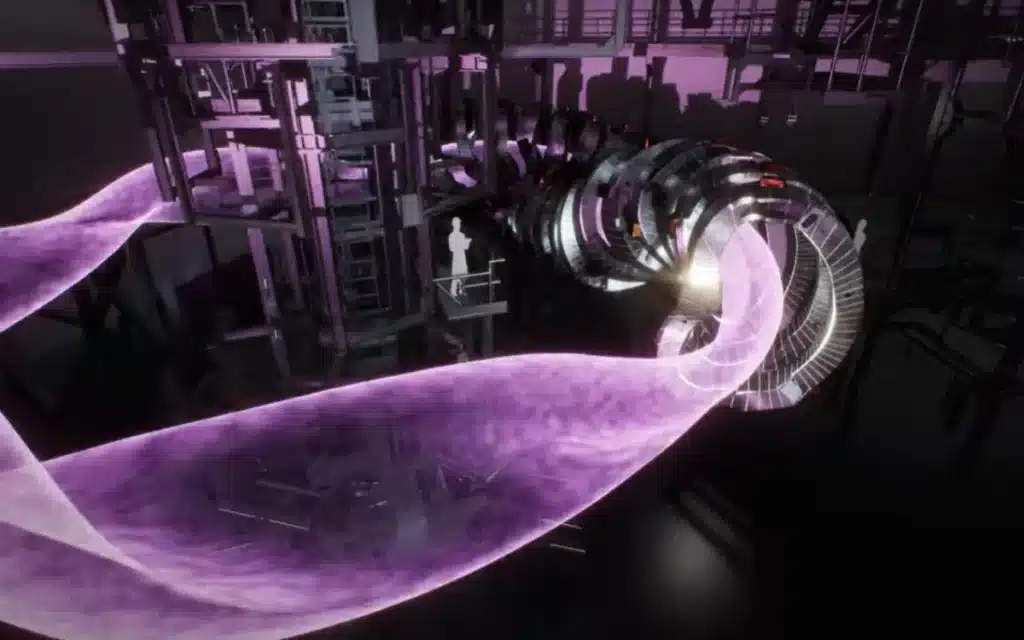
Stellarators can hold plasma more efficiently, needing less energy to keep everything locked in place.
That’s a big deal when you’re working at 54 million degrees Fahrenheit.
The team used targeted microwave beams – a method called electron cyclotron resonance heating – to heat the plasma.
At the same time, they injected 90 frozen hydrogen pellets at precisely timed intervals to keep the reaction going.
The whole thing lasted just 43 seconds, but in fusion terms? That’s a marathon.
Infinite energy isn’t here yet but this was a serious step forward
The breakthrough happened in Germany, but it took an international effort to make it work.
The fuel injector was designed by the US Department of Energy’s Oak Ridge National Laboratory. The frozen fuel pellets were developed with input from teams in Spain (CIEMAT) and Hungary (HUN-REN).
It was science by collaboration – and it paid off.
Professor Thomas Klinger, one of the lead scientists at Max Planck, called it a ‘tremendous achievement’ and said the new milestone shows the real-world potential of the stellarator design.

No, this wasn’t a power-on moment. No electricity was produced. But every successful second helps researchers understand how to scale fusion from lab tech to real infrastructure.
It’s still a long road. But for now? 43 seconds closer.
Click the star icon next to supercarblondie.com in Google Search to stay ahead of the curve of the latest and greatest supercars, hypercars, and ground-breaking technology.The post Massive breakthrough by scientists has brought them 43 seconds closer to infinite energy source appeared first on Supercar Blondie.
What's Your Reaction?









